IVR Strategy
The Renaissance of a forgotten Touchpoint
August 25, 2020
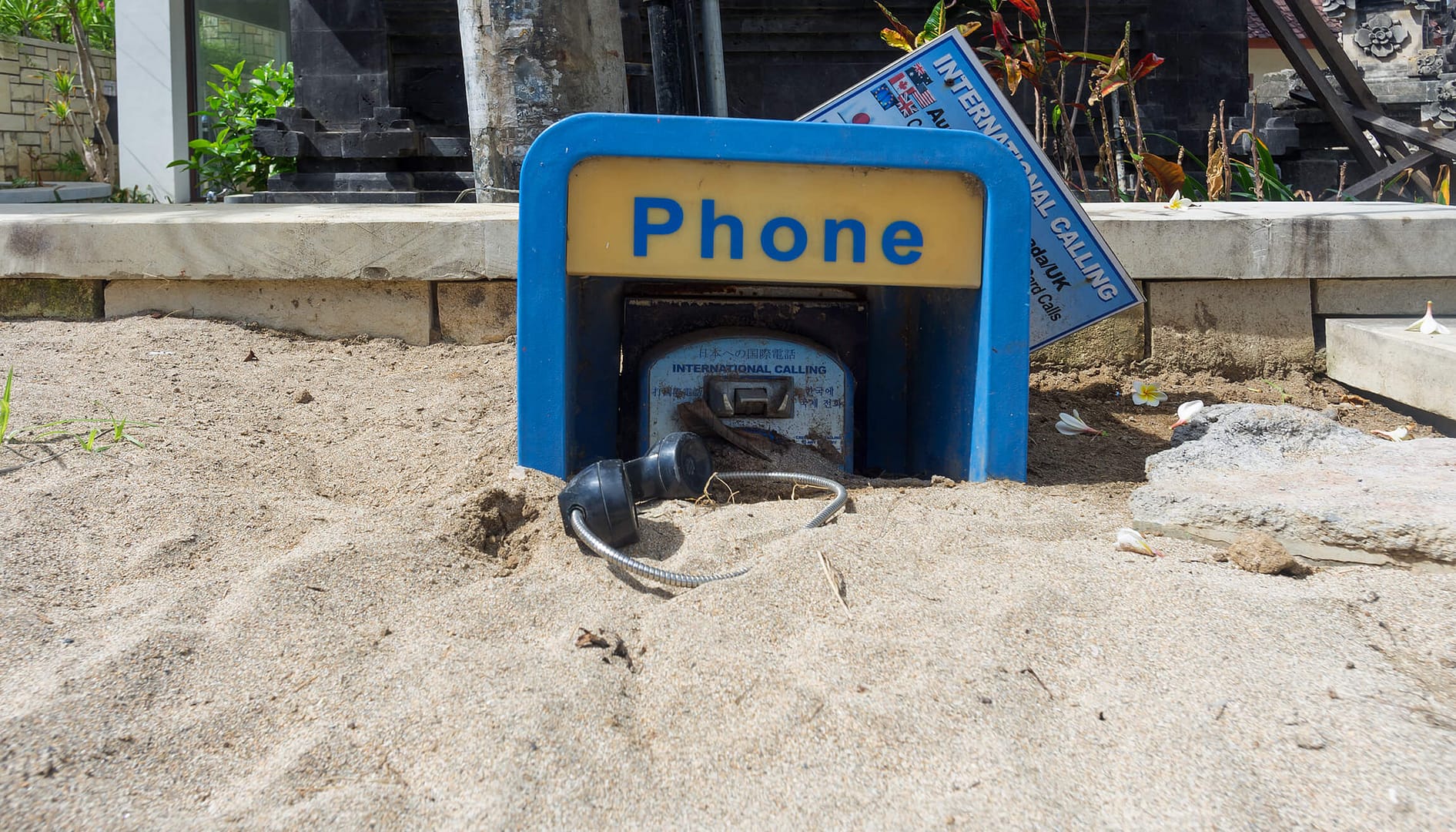
It's an island adopted by a stepmother, a necessary evil that nobody really wants to have anything to do with. I'm talking about the service line of your organisation.
Yes, exactly, the channel that the customer who is inclined to your company usually chooses when he or she has a problem. If they get stuck, are unsure, cannot find a solution on-line or simply are in a situation where they would like to discuss their concerns with a human being. And pick up the phone for this reason.
Moreover, this has been done by an above-average number of people in the last few months – especially during the lockdown, of course. Which has made this touchpoint busy in a way that nobody would have expected. What an above-average utilization telephone services meant for organisations. What existing deficits (sometimes painfully above average for the employees) have been brought to light. And since the world will probably no longer ever be the same, one can assume that the increased relevance of this channel will endure.

The task of the IVR (Interactive Voice Response System) is to cushion and channel the callers in advance. This is where the caller first has to type through a jungle of menus, which is often technology-driven. Then they enter the on-hold zone, where a lot of stamina is currently in demand. Well, excessively long waiting times in the on-hold zone is a structural problem that cannot be solved so easily and quickly. The design of this forced test of patience can be solved, however. Unfortunately, this is all too often filled with above-average and generic "ringtone music" music, which was once randomly selected years ago. Perhaps this will be interrupted by redundant additional messages such as: “Did you know that you can also reach us at wewewe.ringtone.ch?”. No, I don't want to chat away with the live agent who picks up a call after waiting 17 minutes.

To sub-ordinate this touchpoint to an organisation in an extra-unattractive way in order to direct its customers to another channel would surely go too far. But some have to put up with the accusation of two missed opportunities: to offer a sharp, attractively designed brand experience and to view telephone services – in the sense of the "best channel for the task" – as part of a holistic system. For example, through clever user guidance (connection to the CRM for customer identification) or with the integration of chatbots and web services (handling of standard tasks such as making appointments or submitting ratings). A cross-channel journey that guarantees a coherent, emotional brand perception and efficiently satisfies the specific needs of a customer. And doing your organisation more than a favour.

We did research and undertook benchmarking and listened to Swiss service lines, IVRs and on-hold zones more closely. And made many interesting observations in the process. Also quite gratifying: For example, the old model of the telephone secretary has had its day and clear gender equality can be established. But we also raised our eyebrows in amazement more than once: A selection of 6 menu options (length: 47 seconds, no possibility of repetition and presented by three different speaking voices) leaves the customer more confused and unsettled and moreover not really having a feeling of a human being taken care of and being understood. Looking at call routes through the UX glasses helps! And unfortunately, the aforementioned cross and omni-channeling is still the exception in Switzerland. The service line of an organisation says much about the status quo of its digitisation.
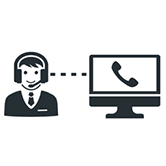
And it is also clear that this slightly anachronistic, analogue contact point cannot be integrated into an overall concept overnight. But even simple measures have a major effect on the user experience: What does homo modernus do when they end up in a waiting zone? Right, they switch to the loudspeaker, put down the phone and do something else. If a played additional message with music is now stored, then this saves the caller from having to dive at the telephone – because they know that they have not yet been connected to a live agent.
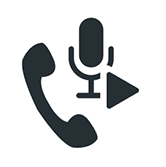
The better the on-hold zone is orchestrated (length/frequency of the messages, brand-specific voice and music that is co-ordinated with the sound identity and touchpoint etc.), the higher the likelihood that the caller will wait the certain time that it takes. After 3 minutes, however, it's over: According to studies, more than 80% hang up by then at the latest. The aftertaste varies greatly: If the waiting time is announced regularly, the caller can take action themselves and decide whether they want to wait or call again later. If, however, an orchestral thunderstorm with drums and trumpets hits him, they will hang up earlier and with a bleeding ear and think very carefully about whether they should do this to themselves again in the future.
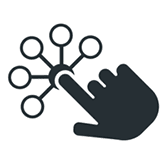
No, the touchpoint telephone is not particularly sexy. But indispensable for a holistic customer journey! And also still a frequent first contact – accordingly part of the business card. At the same time, the service line is a personnel-intensive department but there is actually great potential for increasing efficiency through clever technical integration (extreme example: FedEx has developed a voice recognition system that enables conversation in English and French and thus 11 million live agent contacts have been eliminated - per day).
Give this unloved child some love! Because the intention of a caller is always the same: they want to talk to you. Take the opportunity to present yourself from your best side here as well.
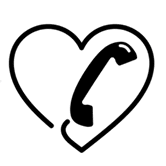
Author: Ph!L!pp Schweidler, published on LinkedIn.
Let's talk
… and make sure that you will be recognized always and everywhere.
Department of Noise
Connecting people with Sound.